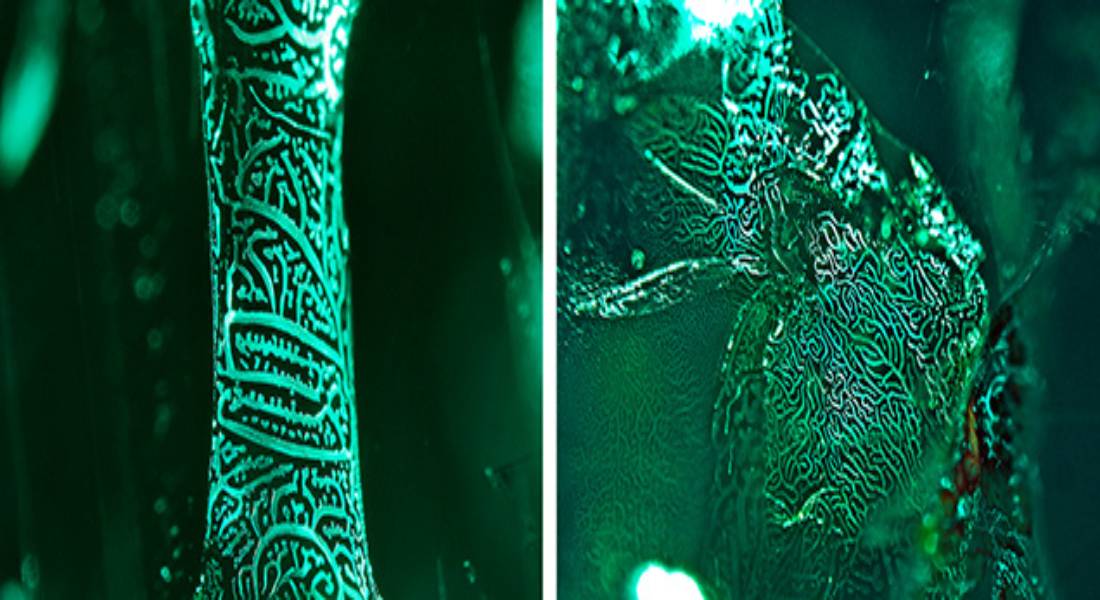Emeralds are known to have natural cracks or fractures. The filling of surface-reaching fractures with various oils and resins is the most common practice to minimize fractures to improve an emerald’s appearance. The author recently examined a 3.04 ct emerald that revealed a mysterious filler pattern along the fractures, resembling a labyrinth and convolution (see above). Fracture filling can be identified using various methods. In this case, it displayed a chalky fluorescence under long-wave ultraviolet flashlight and was also detected with simple microscopic observation and fiber-optic lighting. The internal graining, irregular two-phase inclusions, and long needles within this stone indicated a natural origin. This was a unique and visually interesting pattern in the fracture filling material of an emerald.
This article is republished with permission from the Gemological Institute of America (GIA).

